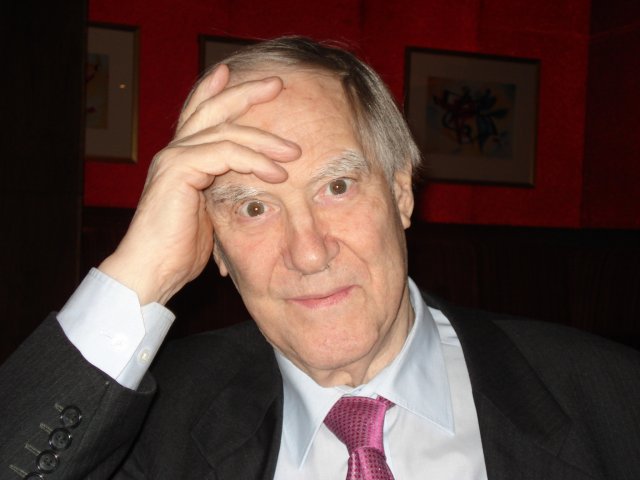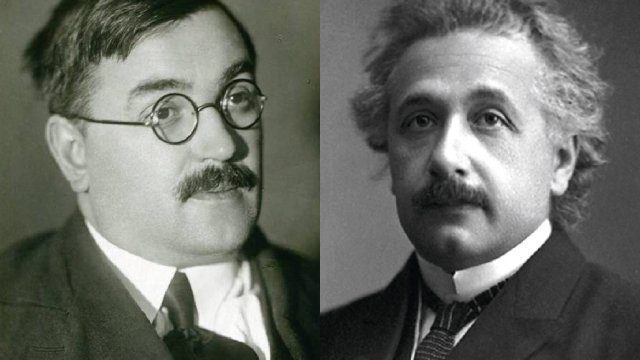Official:
Antonie van Leeuwenhoek. October 24, 1632 – August 26, 1723. Dutch naturalist, microscope designer. Father of microbiology.
Life and Work:
1. It is said that Antonie van Leeuwenhoek once showed Jonathan Swift how his invention worked. The startled satirist was so inspired by the scale of the idea that he passionately started to write a book about Gulliver’s journey to the Lilliputians. And all because Leeuwenhoek showed Swift a microscope.
2. Antonie van Leeuwenhoek was born in the Dutch city of Delft in 1632 in the family of the basket maker Philips Thoniszn. He invented his surname himself – his house was located near the Lion Gate.
3. After his father’s death, the future naturalist’s uncle taught him mathematics and physics.
4. Then Antonie went to Amsterdam. But he did not study to become an accountant, as he had planned, but got a job in a haberdashery shop. That was where Leeuwenhoek saw it – a simple microscope, a lens on a tripod, used by textile workers. He fell in love at first sight. He bought a similar device and returned to Delft.
5. His passion was so strong that he had to leave commerce. The humble porter of the Delft Town Hall was constantly polishing pieces of glass, making tiny lenses to look at everything that came to hand: sheep’s hair, fly’s wings...
6. On an April day, he leaned over the glass aimed at a water infusion of pepper – the inquisitive scientist decided to find out what pepper component stung the tongue so much. What happened next is well described by Nikolay Zabolotsky’s verse:
“With Leeuwenhoek’s magic device
Science discovered
Signs of astonishing life
On the surface of a water-drop.”
7. And here is what Leeuwenhoek wrote in his letter to the Royal Society of London: “I discerned in it with great surprise an incredible number of little animals, of diverse kinds, and among the rest, some that were three or four times as long as broad; but their whole thickness did not much exceed the hair of a louse [...] The second sort of creatures discovered in this water, were of a perfect oval figure [...] There was a third sort, which exceeded the two former in number, and these had tails like those I had formerly observed in rain-water. The fourth sort, which moved through the three former sorts, were incredibly small, so that I judged, that if 100 of them lay one by another, they would not equal the length of a grain of coarse sand...”
8. The Royal Society of London confirmed the discovery of microorganisms, and in 1680 Leeuwenhoek was elected its fellow.
9. The curious flocked to Delft. Among others, the naturalist introduced King James II of England and Russian Tsar Peter I.
10. During the 50 years of work, Leeuwenhoek discovered more than two hundred microorganisms and built more than three hundred microscopes, achieving a three-hundred-fold zoom.
11. Leeuwenhoek was the first to discover red blood cells and infusoria, to sketch spermatozoa, to describe the fibers of the lens, the scales of the skin, and much more.
12. At the same time, Leeuwenhoek was not a loner. He was married twice, but had only one daughter, Maria; all his other children died in infancy.
13. Leeuwenhoek contributed not only to great science, but also to great art. In the middle of the seventeenth century, Jan Vermeer, who had not been considered an outstanding artist at the time, suddenly mastered the art of reproducing light and perspective. It was suspected that he used a camera obscura to project images on a flat surface with a lens. And although after Vermeer’s death no such device was found among his belongings, Antonie van Leeuwenhoek turned out to be his will executor.
14. Oddly enough, not a single microorganism was named after Leeuwenhoek. Astronomers corrected the biologists’ mistake: a crater on the far side of the Moon bears his name.






















